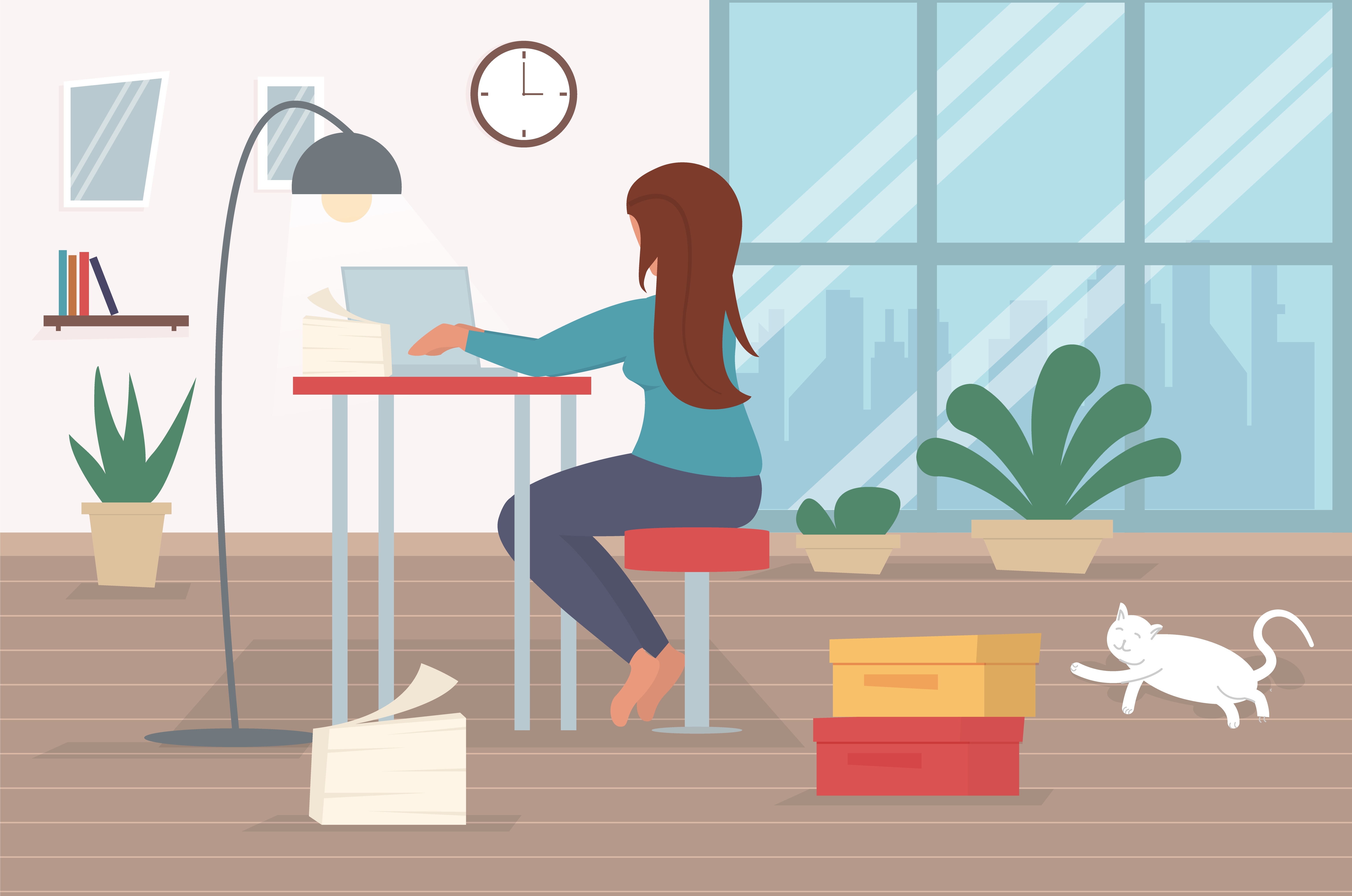The pandemic disruption of work has been a learning experience, and the lessons keep coming.
Many companies had planned for employees to return to the office in tandem with the beginning of a new school year, but things are getting upended — again. Amazon recently delayed its office return by four months; corporate staff is now looking at a January 2022 return. This news comes on the heels of similar postponements at Apple, Uber, Lyft, Google, and the video game juggernaut Roblox as the highly transmissible Delta variant drives a surge in COVID-19 cases.
The sudden, pandemic-induced experiment in remote work dramatically changed the way that most knowledge workers work. For many, WFH allowed for less time commuting and more freedom while working, which led to increased productivity and happiness. But others struggled and missed the cleanly delineated separation of office life from home.
Whatever your personal preferences, our collective remote work experiment has laid bare the holes in some long-held ways of evaluating performance. The “derrieres in office chairs” metric was once seen as a key indicator of office performance — workers who spent more time in the office were generally seen as being more productive and dedicated. But as it turns out, arriving early and staying past dark doesn’t necessarily correlate with productivity. And as we look at the options being weighed by companies large and small: 100% remote? Hybrid? 100% in-office? Combination thereof? — it’s clear that we need to move away from rewarding physical presence and instead focus on the work itself.
Research shows that many folks thrive when they have autonomy over their work lives and environment (here’s looking at you, thermostat tug-of-war) and increased flexibility in managing their schedules. Excising stressful commutes has enabled focus and efficiency and allowed for more energy to be used where it counts — making the work magic happen.
“Delta is probably the final nail in the coffin of the five-day return to the office,” shared Nick Bloom, a Stanford University economics professor who has studied work-from-home trends, in a recent Bloomberg article on the topic. “The five-day return was still an option after the initial pandemic in summer 2020, but became increasingly unlikely when this stretched into 2021 and we all got used to working from home.”
And employees, it seems, are willing to pay a price to avoid a return to the old status quo. This is particularly true for older workers, who have accelerated their retirement plans, causing an exodus that may well be permanent for many. From data released in late March 2021, the labor force participation rate — the proportion of Americans 55 and older working or seeking work — has dropped from 40.3% in February 2020 to 38.3% in February 2021. That’s a sizable loss of 1.45 million from the workforce.
Some of this is undoubtedly due to the outsize health risk COVID-19 poses to older folks. Still, for others, the pandemic may have unwittingly provided a looking glass into what really matters to them. Plus, they may have realized that the money they were making for doing unpleasant jobs wasn’t enough, an epiphany with far-reaching implications.
By now, you’ve likely heard the term the “Great Resignation,” coined by Professor Anthony Klotz at Texas A&M. He says there’s been an accumulation of resignations stemming from realizations about work/life balance and new passion projects that are morphing into possible entrepreneurial enterprises. Many workers would rather vacate their jobs than slide back into the “old normal” of a 9-to-5 office slog that no longer fits.
All of this has led to a tight labor market that is making hiring top talent tough. We spoke to Caroline Coons, a senior account executive at Creative Circle in the D.C. area, about how she is helping companies navigate choppy hiring waters, thorny questions about WFH, and flexibility.
Increasingly, Coons has been recommending freelance as an interim solution for full-time roles that are increasingly difficult to fill. She shared that “with so many resignations, especially at agencies, there’s additional pressure on the folks left behind, who are taking on extra work, but then getting burned out and quitting themselves. Current teams are being forgotten and taken for granted as companies are scrambling to fill open roles.” Coons emphasized that “smart companies are reinvesting in their current employees, with some even extending retention bonuses as an added incentive.”
Leaning into listening may offer the best way forward. If you are crafting a work plan, experts advise talking to your teams — and listening. If most of your workers want to primarily work from home (as was the case in this LinkedIn survey), then heed what you are hearing. Otherwise, your valued staff may be joining the exodus.
Strive to cultivate a mindset that anticipates the crucial role of trial and error. Accept that it may take time to learn how to navigate the ever-shifting new normal as the mercurial winds of microbiology continue to buffet us in unpredictable ways.
About the author.
An award-winning creator and digital health, wellness, and lifestyle content strategist—Karina Margit Edelyi writes, produces, and edits compelling content across multiple platforms—including articles, video, interactive tools, and documentary film. Her work has been featured on MSN Lifestyle, Apartment Therapy, Goop, Psycom, Yahoo News, Pregnancy & Newborn, Eat This Not That, thirdAGE, and Remedy Health Media digital properties and has spanned insight pieces on psychedelic toad medicine to forecasting the future of work to why sustainability needs to become more sustainable.



